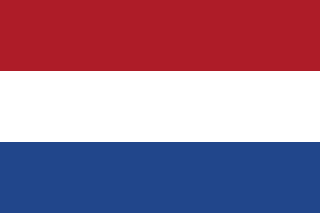 W
WThe Caribbean Plate is a mostly oceanic tectonic plate underlying Central America and the Caribbean Sea off the north coast of South America.
 W
WThe Caribbean Sea is an American mediterranean sea of the Atlantic Ocean in the tropics of the Western Hemisphere. It is bounded by Mexico and Central America to the west and south west, to the north by the Greater Antilles starting with Cuba, to the east by the Lesser Antilles, and to the south by the north coast of South America.
 W
WClimate change could pose major risks to the islands in the Caribbean. The main environmental changes expected to affect the Caribbean are a rise in sea level, stronger hurricanes, longer dry seasons and shorter wet seasons.
 W
WThe Commonwealth Caribbean is the region of the Caribbean with English-speaking nations and territories, which once constituted the Caribbean portion of the British Empire and are now part of the Commonwealth of Nations. The term includes many independent island nations, British Overseas Territories and some mainland nations. It is also known as the English-speaking Caribbean, Anglophone Caribbean or Anglo-Caribbean. The term is now used in preference over the older term British West Indies, which was used to describe the British colonies in the West Indies during decolonisation and following independence from the United Kingdom. Anglo-Caribbean and British Commonwealth Caribbean also became preferred replacement terms to British West Indies.
 W
WThe Dutch Caribbean are the territories, colonies, and countries, former and current, of the Dutch Empire and the Kingdom of the Netherlands in the Caribbean Sea. They are in the north and south-west of the long Lesser Antilles archipelago.
 W
WThe Enriquillo–Plantain Garden fault zone is a system of active coaxial left lateral-moving strike slip faults which runs along the southern side of the island of Hispaniola, where Haiti and the Dominican Republic are located. The EPGFZ is named for Lake Enriquillo in the Dominican Republic where the fault zone emerges, and extends across the southern portion of Hispaniola through the Caribbean to the region of the Plantain Garden River in Jamaica.
 W
WThis article comprises four sortable tables of major mountain summits of the Caribbean that are the higher than any other point north or south of their latitude or east or west their longitude in the region.
 W
WThe term French West Indies or French Antilles refers to the eight territories currently under French sovereignty in the Antilles islands of the Caribbean:The two overseas departments of: Guadeloupe, including the islands of Basse-Terre, Grande-Terre, Les Saintes, Marie-Galante, and La Désirade. Martinique The two overseas collectivities of: Saint Martin Saint Barthélemy
 W
WThe Gonâve Microplate forms part of the boundary between the North American Plate and the Caribbean Plate. It is bounded to the west by the Mid-Cayman Rise spreading center, to the north by the Septentrional-Oriente fault zone and to the south by the Walton fault zone and the Enriquillo–Plantain Garden fault zone. The existence of this microplate was first proposed in 1991. This has been confirmed by GPS measurements, which show that the overall displacement between the two main plates is split almost equally between the transform fault zones that bound the Gonâve microplate. The microplate is expected to eventually become accreted to the North American Plate.
 W
WThis article comprises three sortable tables of major mountain peaks of the islands of the Caribbean Sea.
 W
WThe following sortable table comprises the seven ultra-prominent summits on the islands of the Caribbean Sea. Each of these peaks has at least 1500 meters of topographic prominence. Five of these peaks rise on the island of Hispaniola and one each on Jamaica and Cuba.
 W
WThe following sortable table comprises the seven ultra-prominent summits on the islands of the Caribbean Sea. Each of these peaks has at least 1500 meters of topographic prominence. Five of these peaks rise on the island of Hispaniola and one each on Jamaica and Cuba.